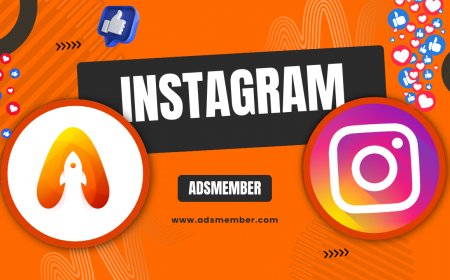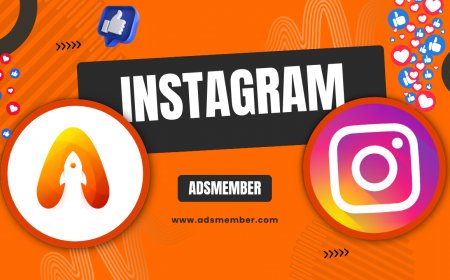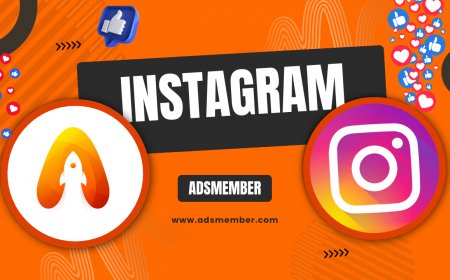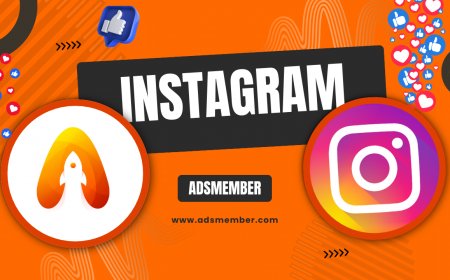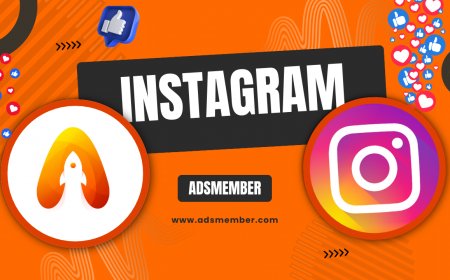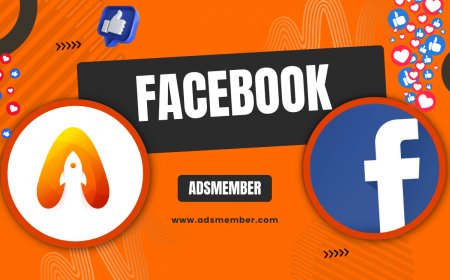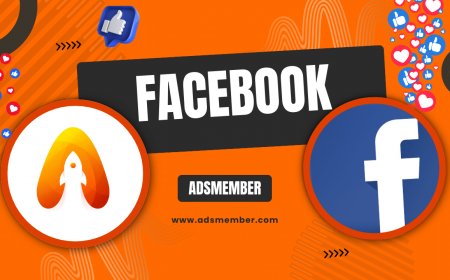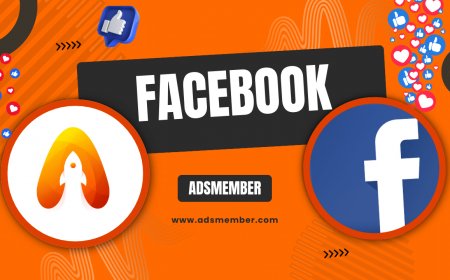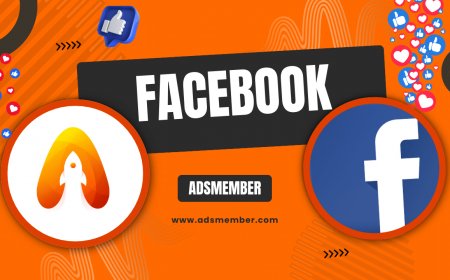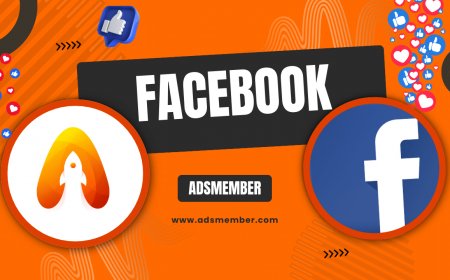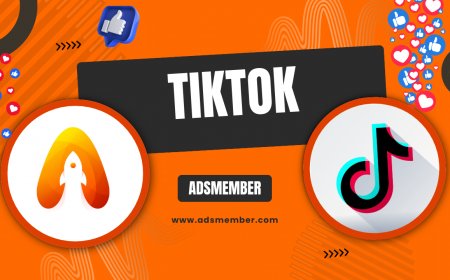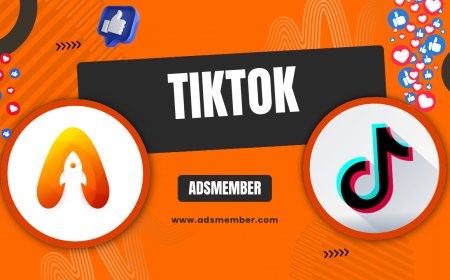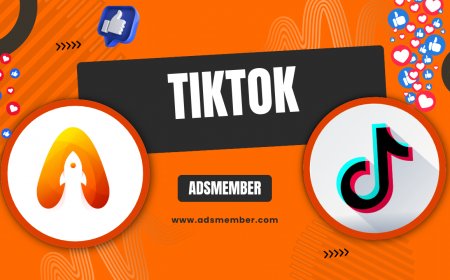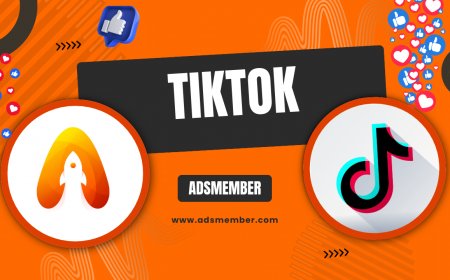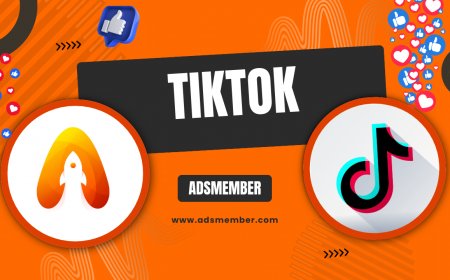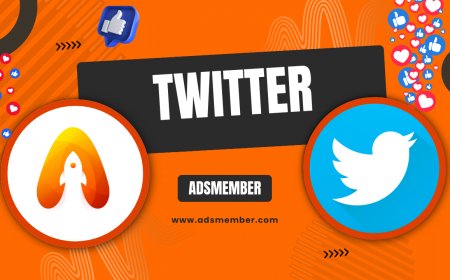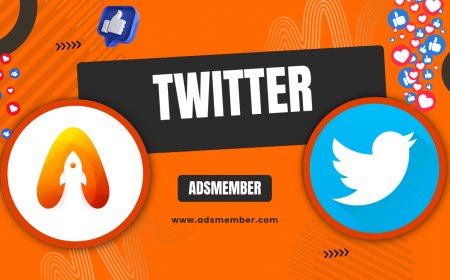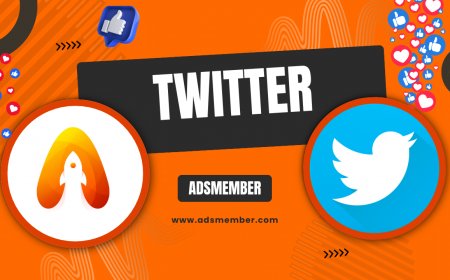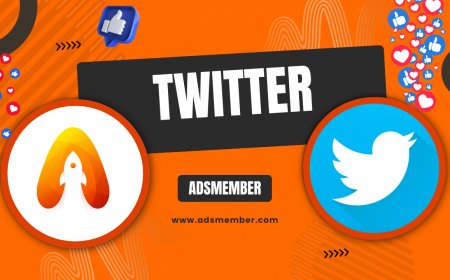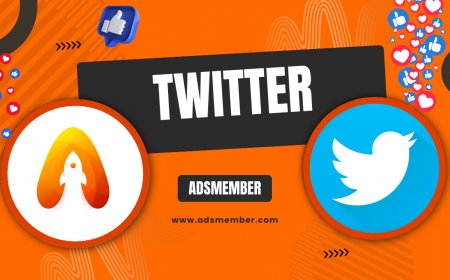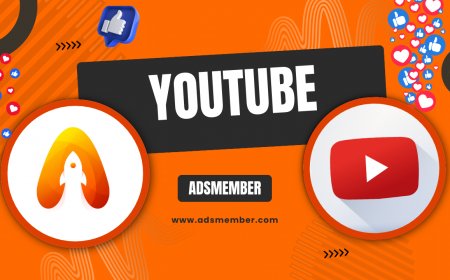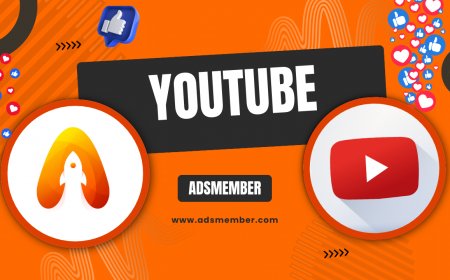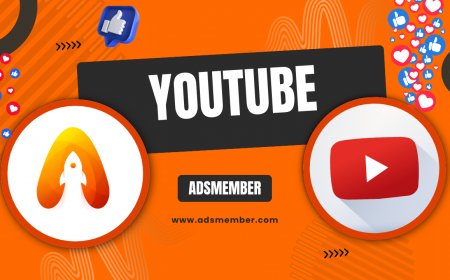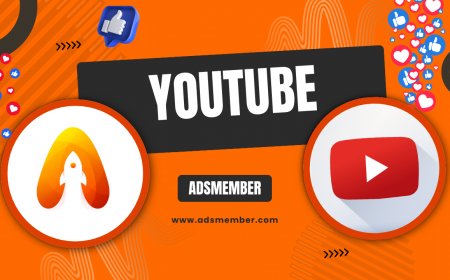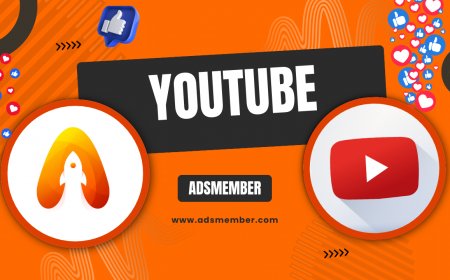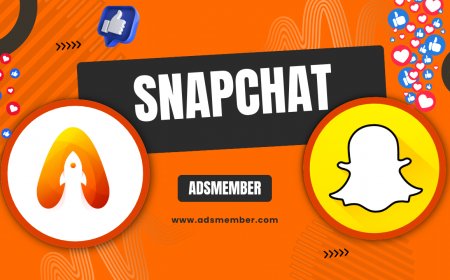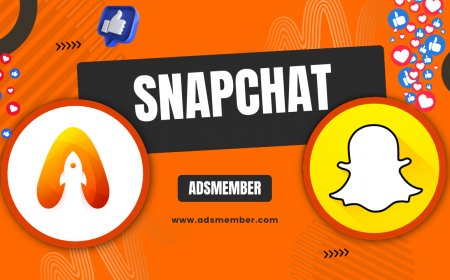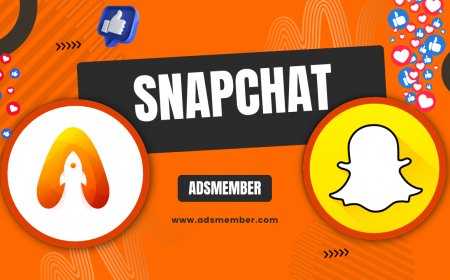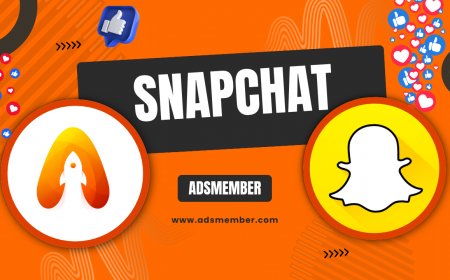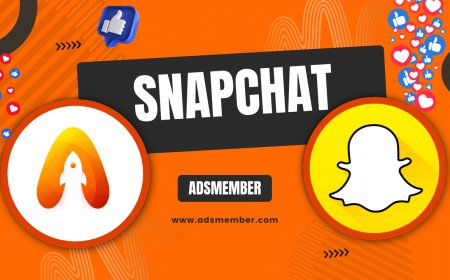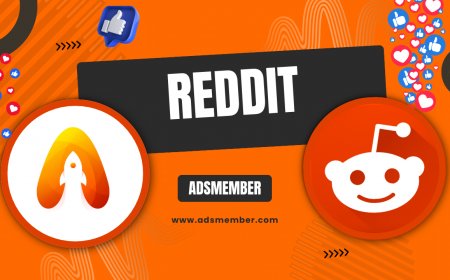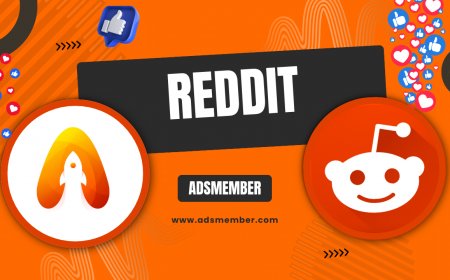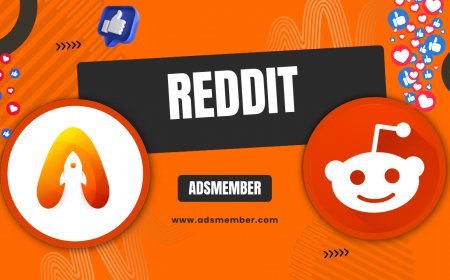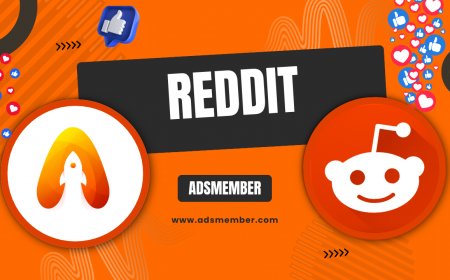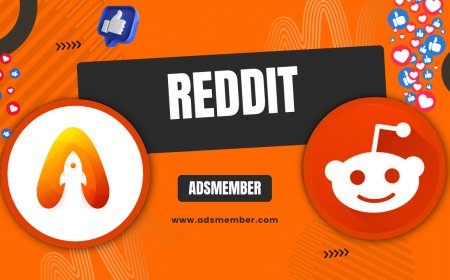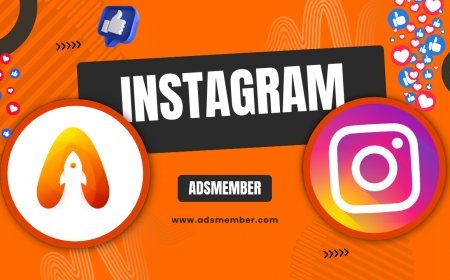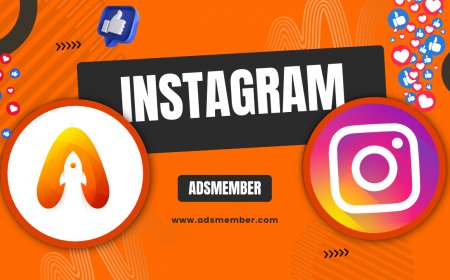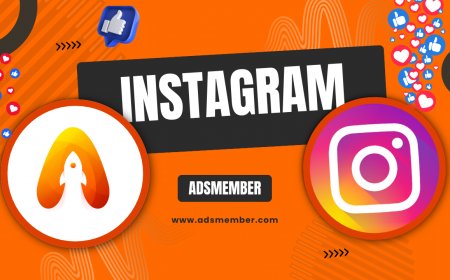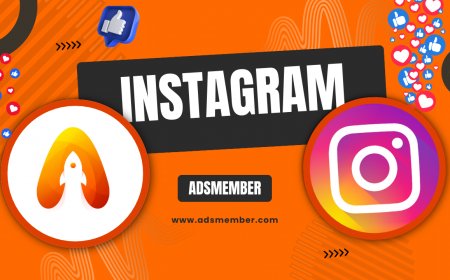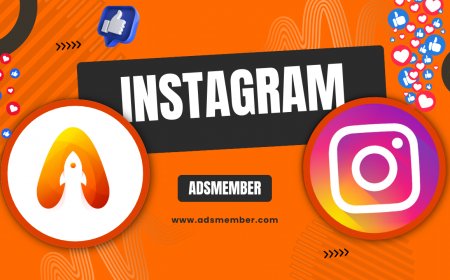Is Behance Free? Unpacking Costs and Features for Creatives
Wondering if Behance is free? Explore its pricing, features, and hidden costs for creatives. Learn how to maximize this platform for your portfolio today!
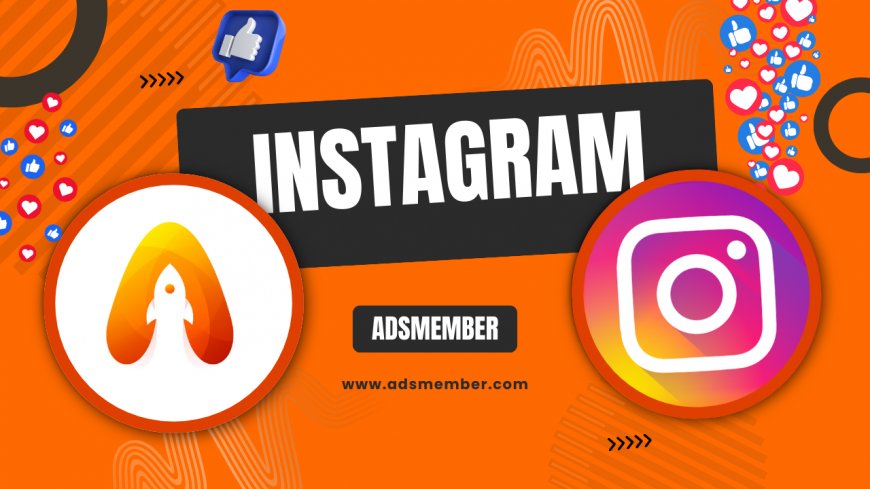
Hey there, creative folks! If you’re wondering, is Behance free?, you’re not alone. As a go-to platform for showcasing portfolios, Behance has become a staple for designers, photographers, and artists. But the question of cost often pops up, especially when you’re just starting out or trying to keep expenses low. In my opinion, understanding Behance’s pricing structure can save you headaches down the line. Let’s dive into whether it’s truly free, what you get with each plan, and if it’s worth your time (or money).
Behance Basics: Is It Really Free?
Yes, Behance offers a free plan, and honestly, it’s pretty generous for beginners. You can create a portfolio, upload projects, and connect with a global creative community without spending a dime. According to Adobe’s official data, millions of users leverage the free tier to build their online presence. However, there are limitations, like restricted access to premium features and analytics. If you’re just testing the waters, the free plan works wonders.
What’s Included in the Free Plan?
The free Behance account lets you upload unlimited projects, follow other creators, and get feedback. You can customize your portfolio’s look to some extent, which is great for personal branding. But, and this is a big but, you miss out on advanced tools like private projects or detailed viewer stats. In my experience, this can feel limiting if you’re trying to impress potential clients.
Behance Premium: What’s the Cost?
If you’re eyeing more features, Behance offers a paid plan through Adobe Creative Cloud. As of 2023, a full Creative Cloud subscription (which includes Behance Pro features) starts at $54.99/month, though standalone portfolio plans may vary. This data comes straight from Adobe’s pricing page. Premium unlocks private projects, custom CSS for portfolios, and deeper analytics. Honestly, it’s a steep price if you’re only using Behance.
Is Premium Worth It?
In my opinion, Premium is overkill for most casual users. If you’re a professional designer needing a polished, private portfolio for client pitches, it might justify the cost. But for hobbyists? Stick to free. I’ve seen many creatives thrive without spending a penny—focus on content quality over fancy features.
Hidden Costs You Might Not Expect
While Behance’s free tier is legit, there are indirect costs to consider. For instance, building a standout portfolio takes time—lots of it. You might also invest in tools like Adobe Photoshop (not free) to create high-quality work for upload. Plus, if you’re networking for gigs, you may need to upgrade for visibility. I’ve felt this pinch myself when trying to scale my profile.
Time as a Currency
Time is money, right? Curating projects, responding to comments, and engaging with the community can eat up hours. If you’re serious about exposure, treat Behance like a part-time job. I once spent a weekend revamping my portfolio, and while it paid off with a client, the effort was real.
Case Study: A Freelancer’s Journey on Behance
Let me share a real-world example. Sarah, a freelance illustrator, started on Behance’s free plan in 2021. She uploaded 10 projects over six months, engaged daily, and landed her first client through the platform. Her stats? Over 5,000 views and 300 appreciations, per her shared analytics. She didn’t upgrade to Premium until a year later when she needed private project links for exclusive pitches. Her takeaway? The free plan works if you’re consistent. I analyzed her approach—regular posting and niche tagging were her secret sauce.
Maximizing Behance on a Budget: Unique Tips
Want to make the most of Behance without breaking the bank? I’ve got some lesser-known tricks up my sleeve. First, use trending tags specific to your niche—think #UIUX2023 instead of generic #design. Second, join Behance’s live streams for free feedback from pros. Lastly, cross-promote on social media like Instagram (Instagram Tips) to drive traffic. These hacks helped me grow my following by 20% in a month.
Optimize Your Profile for Free Exposure
Your profile is your storefront. Use a professional headshot, write a punchy bio with keywords, and pin your best work. I once tweaked my bio to include “freelance UX designer” and saw inquiries double. Also, update projects weekly—Behance’s algorithm favors active users. Trust me, consistency beats a paid plan any day.
Visualizing Behance’s Value: An Infographic Idea

Personal Anecdote: My Behance Learning Curve
When I first joined Behance, I was clueless. I uploaded random projects without strategy and got zero traction. It felt discouraging, honestly. Then, I started engaging—commenting on others’ work, joining groups—and my views spiked. That taught me Behance isn’t just a portfolio site; it’s a community. If I’d known to network sooner, I’d have saved months of frustration. What’s your Behance story?
FAQ: Is Behance Free for Students?
Yes, Behance is free for students, just like any user. You get the same basic plan with no extra perks unless you’re part of Adobe’s student discount for Creative Cloud, which can include Premium features at a lower rate. Check Adobe’s education pricing for details.
FAQ: Can I Make Money on Behance?
Behance isn’t a direct monetization platform, but you can attract clients or sell services through your portfolio. Many creatives, myself included, have landed freelance gigs this way. Focus on showcasing marketable skills and linking to a personal site for inquiries.
FAQ: Does Behance Own My Work?
No, Behance doesn’t own your work. You retain copyright, but by uploading, you grant them a license to display it. Always read their terms on Behance’s official site. I recommend watermarking sensitive pieces for extra protection.
FAQ: Are There Free Alternatives to Behance?
Absolutely! Platforms like Dribbble (free tier) and ArtStation offer similar portfolio features. However, Behance’s Adobe integration and community size give it an edge. I’ve tried others, but Behance’s exposure keeps me coming back.
What's Your Reaction?
 Like
0
Like
0
 Dislike
0
Dislike
0
 Love
0
Love
0
 Funny
0
Funny
0
 Angry
0
Angry
0
 Sad
0
Sad
0
 Wow
0
Wow
0
